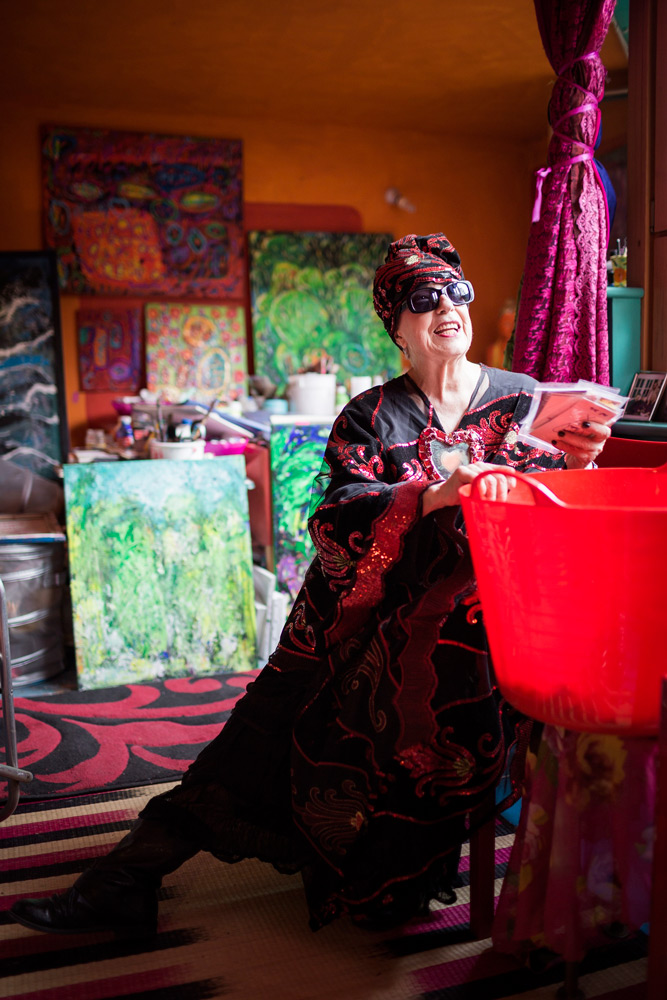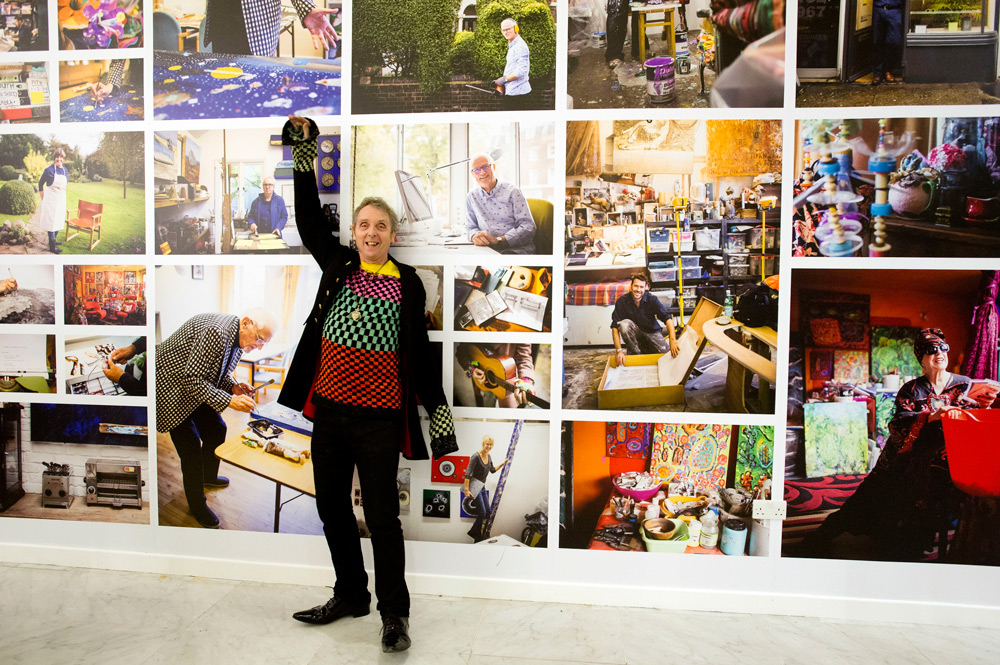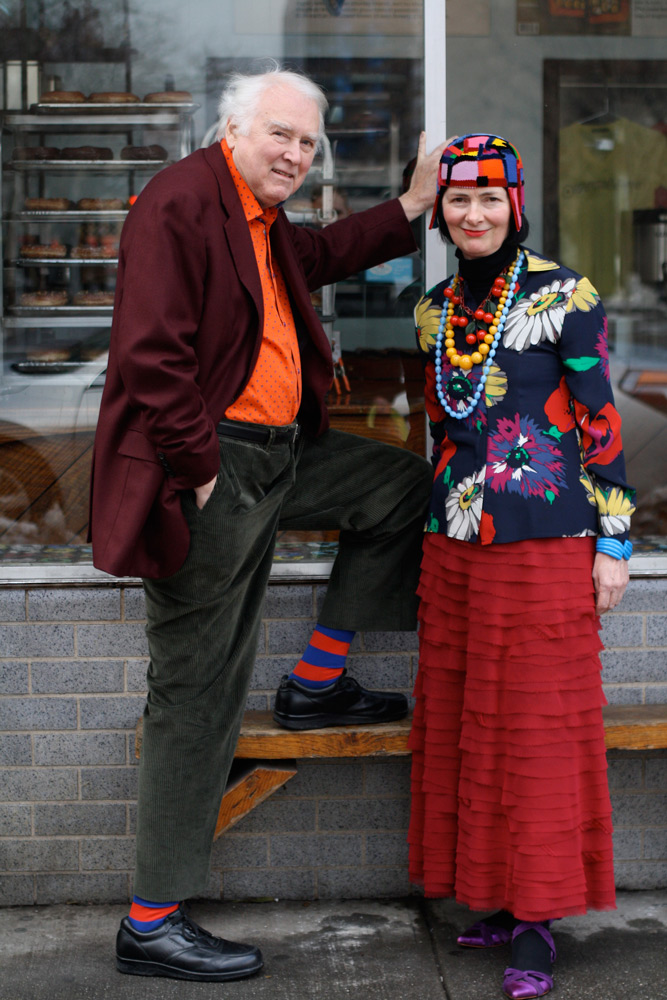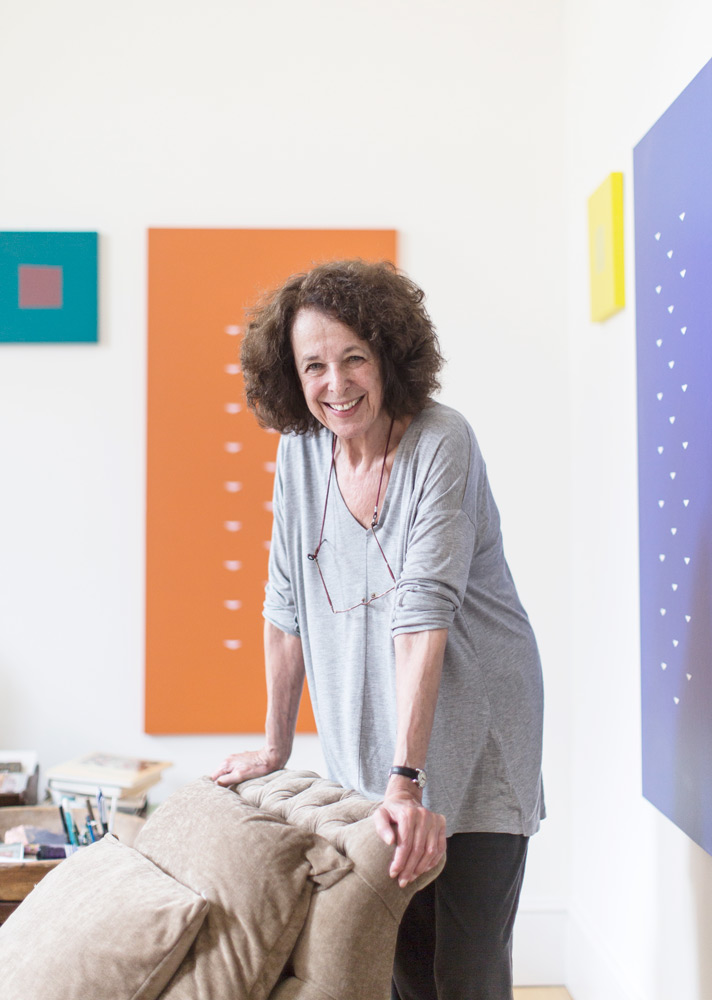Silver Linings
With more money and time than any other generation, baby boomers are redefining retirement
Ageing sure doesn’t look like it used to. With maverick celebrities such as Nick Cave (57), Madonna (56), Tilda Swinton (54), Carine Roitfeld (60), Hillary Clinton (67), Tom Ford (53) and Helen Mirren (69) leading the way, hitting 50 no longer means shuffling into a grey-haired hinterland. Instead, members of the baby boomer generation (born between 1946 and 1964) are using their later years to reinvigorate their careers, their lifestyles and even their love lives.
Coming of age in the 60s and 70s, then living through the punk, yuppie and dotcom years, boomers have an adventurous spirit. Now they’re rewriting the ageing rules, buoyed by their significant numbers and affluence, as well as greater longevity. With life expectancy continually rising – currently around 81 years in many developed nations, according to the US National Institute on Aging – boomers can now expect to enjoy their retirement for 20 or so years. Because not only are boomers living longer, they’re healthy for longer, too. A 70-year-old today is as healthy as a 50-year-old in 1950, according to gerontologist Aubrey de Grey.

Legendary photographer Terry O’Neill believes we live in an ageist society, but he’s not letting that stop him living life to the full
With boomers sticking around longer, older people are becoming an ever-larger segment of the population. According to market research company Nielsen, by 2017, almost half of the US population will be 50 and older, controlling 70% of disposable income; by 2050 there will be 161 million 50+ consumers, up 63% on 2010. Already the most affluent generation, boomers will have spending power reaching £9.6 trillion by 2020, Euromonitor reports, but you wouldn’t know from mainstream media. Despite controlling much of the world’s wealth, only 5% of global ad budgets are spent on campaigns talking to 50+ consumers, notes J Walter Thomson – and the focus is often on dreary necessities like walk-in baths, funeral plans and denture creams.
While they may be misunderstood and undervalued by society at large, boomers are fighting back and creating a new vision of ageing that’s social, adventurous, beautiful and empowering. As Dominique Afacan, co-founder of Bolder, a magazine celebrating elderly creatives, comments there’s still a widespread perception that boomers are “frail, somehow less interesting or perhaps inactive, just sitting at home on a rocking chair. Slowly, brands are waking up to the fact that this is far from the case ‒ not only are they often hugely busy and energetic, still creating or learning, but they have the most fascinating stories to tell as a result of their years of life experience.”
Silver Screens
Bolder is just one of the new wave of media directed at thriving, adventurous and opinionated boomers. The online magazine was started because “we noticed that in our careers and in our personal lives some of the most interesting people we’d meet were much older but this didn’t seem to be translating in the media we consumed,” says Afacan.
Under the strapline How to Grow Older the online magazine offers a platform for inspiring stories from 60+ hoteliers, sportspeople, artists, record-holding aviators and personalities such as celebrated photographer Terry O’Neill. Much of the new wave of boomer-focused media highlights age-positive stories that show the vitality, character, diversity and importance of older people’s lives and experiences through platforms such as 50+ lifestyle site High50 and influential US magazine Grand, as well the growing number of older style blogs from Advanced Style to Fighting Fifty and The Women’s Room.

Above : painter Tess Jaray says the years after 60 have been her happiest, and that she hopes to never retire
Leading UK fashion and lifestyle blog The Women’s Room was created from a frustration about older women being ignored by mainstream media. The blog was launched by Amanda Carr and Jane Kellock eight years ago because “so many of the things we were reading about growing older were negative, so we set out to be aspirational and informative and portray ageing as an exciting time in our lives rather than something to be feared,” says Kellock.
Those positive depictions of older people are becoming more prevalent in the media as the power of the boomer dollar takes effect. Even in youth-obsessed Hollywood, the success of a handful of films featuring boomers – such as The Best Exotic Marigold Hotel, The Expendables and It’s Complicated ‒ has led to film-makers taking ageing more seriously. Because, while cinema attendance is falling, boomers are one of the few demographics who are actually going to the movies more often, according to the Motion Picture Association of America.
Encore Careers
Getting older no longer means getting away from work. According to the 2014 Transamerica Retirement Survey, 65% of boomers plan to work past age 65, or have no intention of retiring. Meanwhile, in the UK the proportion of people working after 50 has risen 75% since the early 1990s, to hit 8.1 million in 2014, according to the Office for National Statistics. As a result, workplaces are increasingly having to adapt to older workers, whether by becoming more sensitive to different generational attitudes and skills – in the US, boomers now make up about a third of the workforce, matched by generation X and millennials, according to Gallup – or by changing ways of working more fundamentally. In Germany, the BMW group is adapting its factories to make them easier for its ageing workforce to operate. The company has converted production lines with special hoists and adjustable-height work benches to allow older workers to carry out precision tasks more easily – the result being a 40% boost in productivity, and other marques, such as Audi and Daimler, following suit.
While for some, the motivation for staying in work is financial, for many, it’s about staying active, engaged and creative, with adventurous types even starting encore careers, often entirely different from the work they’ve done for much of their lives. “More people aged 65 and over in Britain are self-employed or have their own start-ups than ever,” says Emma Gibson, senior creative manager for research and innovation at Selfridges.
“We can retire at 61 yet live till 122,” she adds, which leads many boomers to start second careers. Selfridges recently ran a campaign focusing on fascinating second careers, under the banner Bright Old Things, handing over windows of its Oxford Street store in London to creatives such as artist Sue Kreitzman, designer Nick Wooster and painter Molly Parkin. “We wanted
to help break some stereotypes about growing older and encourage people to think ‘no more feeling sorry for the elderly’. Older creative talents are an inspiration to us all,” says Gibson. It’s not just colourful creatives who are starting second careers. According to Gallup, in the US boomers are twice as likely as millennials to start a new business in the next year, while figures published by The Guardian show that the number of 50+ self-employed people in the UK has risen by more that quarter of a million since 2009, to hit 1,766,000. Boomer businesses are also more likely to be successful – more than 70% of businesses started by over-50s last at least five years, while only 28% of businesses launched by younger entrepreneurs last as long, The Guardian adds.
“The primary determinant for how old people feel is health,” says Jody Holtzman, senior vice president of thought leadership at the American Association of Retired Persons. “Do they define themselves by who they are in their community, what their contributions are, by their interests in discovery and learning?
We noticed that in our careers and in our personal lives some of the most interesting people we’d meet were much older but this didn’t seem to be translating in the media we consumed

Above: punk musician Bruno Wizard was just one of 14 inspiring individuals whose creative work was showcased at Bright Old Things
Or do they look in the mirror and see an old person? If they’re in fundamentally good health, continuing their life in an energetic way, well then, they’re not defining themselves by age.”
Mentally and physically healthier, with shifting social expectations, boomers are re-evaluating the notion of life progression. When he retired, President Eisenhower was asked what he’d do next. “Buy a rocking chair,” he replied. After six months he said he’d start rocking: “Slowly”. Not so for the boomers today: “The goal of inactivity, which was the frame for retirement is not a goal of most people,” says Holtzman. “The aspiration is to live life on my own terms and to do things within my control. People want to work, and be productive.”
Later Love
With greater longevity, people are reconsidering their relationships, too, as “til death us do part” could now mean 60 years with the same person – not an appealing prospect for unfulfilling relationships. As a result, divorce rates are rising among over-60s – increasing 52% between 2000 and 2012 in England and Wales alone – and so are services giving older singletons a further shot at love.

Above: photographer and editor Ari Seth Cohen celebrates stylish senior citizens on his blog Advanced Style
According to High50, a third of over-50 singles have tried online dating. That age band is becoming the fastest-growing segment of digital daters, according to Matt Connolly, founder of MyLovelyParent.com. He founded the site to help older singles, such as his mother, meet new people. “I realised just how accessible and acceptable online dating was for youngsters and yet it is completely alien to our parents’ generation.” The site works in a similar way to MySingleFriend, with adult children creating a profile for their parents, which then triggers an invitation for them to join, aiming to break down the barriers and stigmas associated with dating online. Connolly has found that members browse each others’ profiles in a way that is nothing like the way the notorious Tinder app is used, reading everything about the person before looking at their pictures. The excitement of getting a date is the same, no matter what the age.

Above: My Lovely Parent is a social- network helping to connect older single mums and dads with each other
But being a senior singleton is not all an exciting new experience. It can be lonely, too. According to Andrew Dowling, founder of companionship app Stitch, “Loneliness has a bigger impact on the health outcomes of seniors than even smoking or obesity. Seniors who are lonely are 45% more likely to die than their peers.” The app, dubbed “Tinder for seniors”, aims to help people find friends – or dates – to go to the cinema with or just to talk to. “Many are focused on finding companions who can do things with them, whether that is travel to places they’ve always dreamed of, or simply to engage in shared experiences and activities,” says Dowling. “It’s very much about living life, not just about getting older.”
Boom Business
Finally the fashion and beauty world is paying attention to the lucrative boomer market, increasingly featuring stylish older people in magazines and ad campaigns. When chic older women first appeared in Lanvin’s ads several years ago, many boomers expected this desirable depiction of older people to be tokenistic. Instead, we now see Joan Didion as the face of the French brand Céline, award-winning actress Jessica Lange in ads for Marc Jacobs Beauty, singer-songwriter Joni Mitchell looking timelessly soulful in Saint Laurent ads, Mikhail Baryshnikov dancing in a fashion film for Rag + Bone and rock heroes Jimmy Page and Iggy Pop posing at the opening of the John Varvatos London store.
At the same time, there has been a push towards more realistic, positive representations of older beauty – not airbrushed, Botoxed or inauthentic. Many consumers have complained of
the beauty industry’s ‘anti-ageing’ language, which suggests that growing older is a bad thing. With the 50+ beauty market now worth an estimated £2 billion annually, brands are starting to pay attention, focusing on helping women look their best no matter what their age. L’Oréal’s latest campaign for Age Perfect, featuring Helen Mirren, doesn’t promise to make women look younger, but instead to make them look more like themselves, with the line “our perfect age is now”.
Enjoying the Journey
Boomers are using later life to seek out new experiences and try out new places. According to Dominique Afacan, “they are using their spare time far more wisely than most of my generation.
The people we’ve spoken to on Bolder have a confidence and an attitude that gives them a real advantage when it comes to doing new things or living life to the full.”
This means more travel. According to Forrester Research, 50-to-69-year-olds take more annual leisure trips than the rest of the population, and to more adventurous places. The latest Travel Trends Survey by AARP found that people aged 50 and over spend around $120 billion annually on travel, with 32% splashing out on ‘bucket list’ trips. Wellbeing trips, such as yoga and spas, are also popular among boomers, as are luxury beach and city breaks and more unusual adventures such as going clubbing in Magaluf.
Loneliness has a bigger impact on the health outcomes of seniors than even smoking or obesity
As Kellock comments, whether at work, at home, in store or on holiday, this generation is “grabbing opportunities to have new experiences, meet new people and learn new things.” While the old model of ageing looked like a mountain; people no longer think the first half of their lives is going to be an ascent, and the second half is going to be all about descent. The mountain now looks like a springboard, where we continue to elevate. There’s a notion of mastery, of wanting to get better as you get older and continuing to grow.


